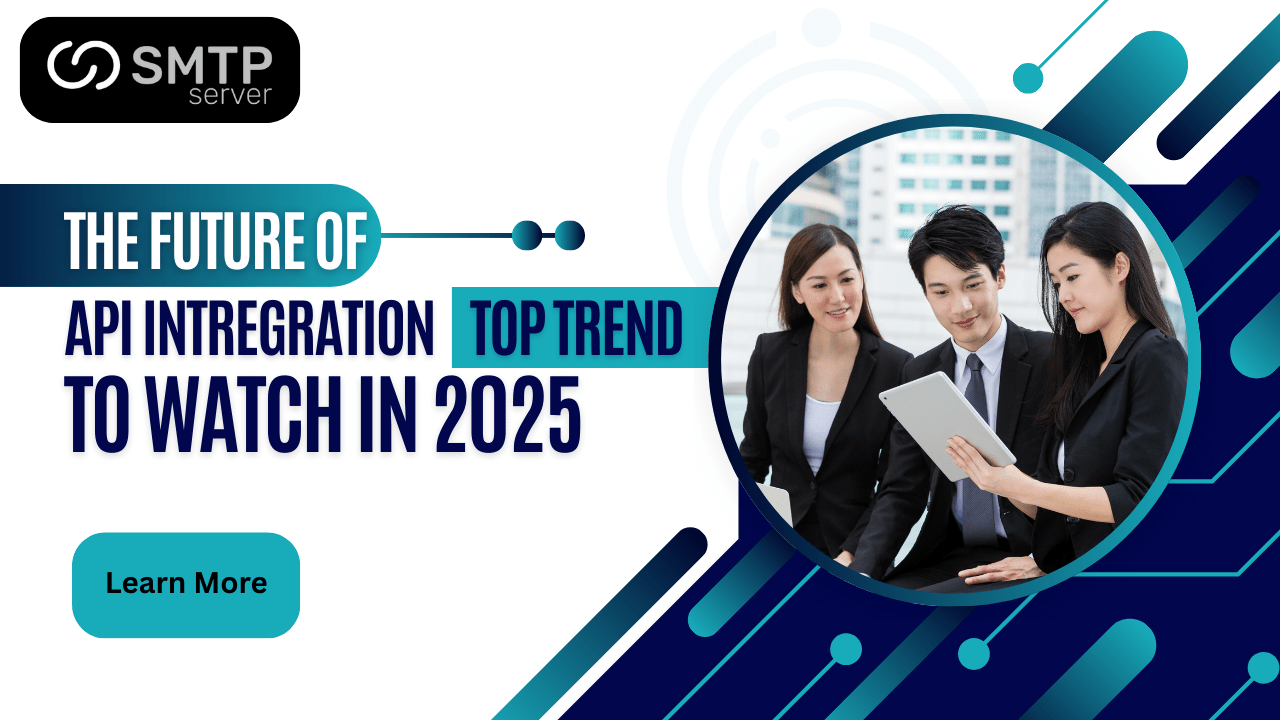10,023 total views, 2 views today
Introduction
In our digitally connected world, APIs (Application Programming Interfaces) are the lifeblood of data exchange and software integration. Whether it’s powering a payment gateway, enabling real-time messaging, or syncing data across SaaS platforms—APIs are everywhere.
But as we enter 2025, the API landscape is undergoing a transformation. Driven by the need for speed, scalability, automation, and security, API integration is moving beyond simple data connections to become a central pillar of digital transformation strategies.
In this article, we explore 10 key trends shaping the future of API integration in 2025—and what developers, IT leaders, and product teams need to know to stay ahead.
1. AI-Powered API Management
Artificial intelligence is being integrated into API tools to automate performance monitoring, anomaly detection, and traffic optimization. AI algorithms can now:
- Predict usage spikes and adjust scaling automatically
- Suggest security improvements based on threat patterns
- Autogenerate documentation and test cases
AI-assisted development will also make API design more intuitive, reducing human error and accelerating deployment.
2. Hyper Automation with API-First Workflows
APIs are playing a key role in hyper automation—the use of multiple tools like RPA (Robotic Process Automation), machine learning, and low-code platforms to automate complex business processes.
By designing systems with an API-first approach, organizations can:
- Streamline operations across platforms
- Reduce development time
- Increase flexibility and scalability
3. Low-Code/No-Code API Integration Tools
Platforms like Zapier, Make, Tray.io, and Microsoft Power Automate are making API integration more accessible to non-developers. In 2025, expect:
- A surge in citizen developers connecting apps without writing code
- Improved UI/UX for workflow builders
- Pre-built connectors for thousands of apps and services
This democratization is reducing the IT burden and accelerating innovation.
4. Event-Driven & Real-Time APIs
The future is real-time. Traditional request-response models are giving way to event-driven architecture, powered by:
- Webhooks
- WebSockets
- Kafka
- Server-Sent Events (SSE)
These allow apps to react instantly to data changes—crucial for live dashboards, real-time notifications, IoT, and financial apps.
5. API Security & Zero Trust Architecture
With APIs becoming prime targets for cyberattacks, API security is a top priority in 2025. Key trends include:
- Zero trust security models
- OAuth 2.1 & token rotation
- API gateways with built-in WAF (Web Application Firewall)
- Real-time threat detection using AI/ML
Companies are investing more in API governance and compliance frameworks like OWASP API Security Top 10.
6. Universal API Hubs & Unified Platforms
Organizations are turning to unified API platforms to manage internal and external integrations in one place. These hubs offer:
- Centralized control and analytics
- Pre-built connectors for common SaaS services
- Easier onboarding for third-party developers
Think of it as the “API Marketplace” for internal and external consumption.
7. GraphQL & gRPC Adoption
RESTful APIs aren’t going away—but they’re being supplemented (or replaced) by GraphQL and gRPC, which offer:
- More efficient queries
- Better performance for mobile and microservices
- Strong typing and schema enforcement
As systems grow more complex, query optimization and data flexibility are becoming essential.
8. Monetization of APIs
More companies are turning APIs into revenue-generating products. This API-as-a-Product trend includes:
- Tiered pricing models
- Usage-based billing
- Developer portals and SDKs
- Analytics for product-market fit
Platforms like RapidAPI and Stripe’s API ecosystem are leading examples of this shift.
9. Sustainability & Green APIs
As companies face pressure to reduce digital carbon footprints, green APIs are emerging. These are optimized for:
- Low compute power
- Efficient data transfer
- Cloud-native scaling
While still niche, expect more API vendors to highlight energy-efficient architecture in 2025.
10. Decentralized & Blockchain-Based APIs
With the rise of Web3 and decentralized applications, APIs are evolving to interface with:
- Smart contracts on Ethereum, Solana, etc.
- Decentralized identity (DID) systems
- Blockchain-based supply chains and financial networks
This will reshape industries like fintech, logistics, and identity management.
Conclusion
API integration is no longer just a backend necessity—it’s a strategic enabler of innovation, automation, and scale. In 2025, the focus will shift toward intelligent, secure, and accessible API ecosystems that empower businesses and developers alike.
By staying on top of these trends, you’ll be better equipped to build future-ready systems that thrive in a fast-changing digital world. Ready to streamline your API integrations?
Explore SMTPServer’s API for fast, secure, and scalable email delivery in your apps. To Learn more click here or E-mail us [email protected].

